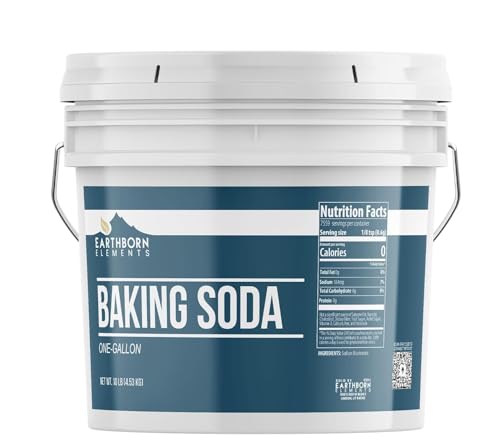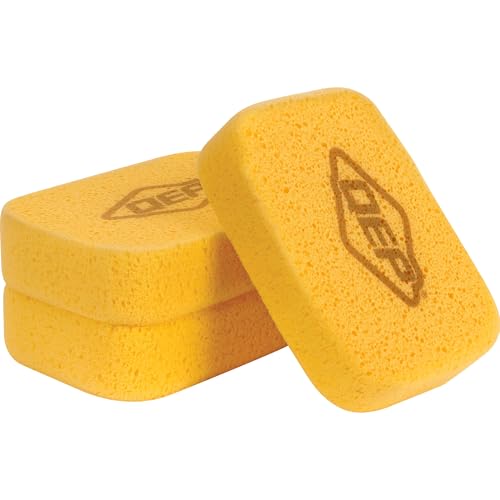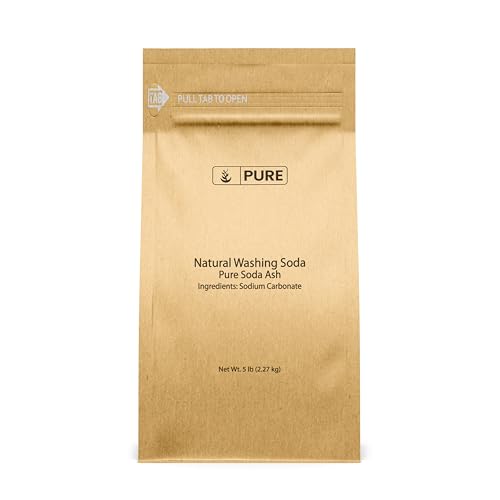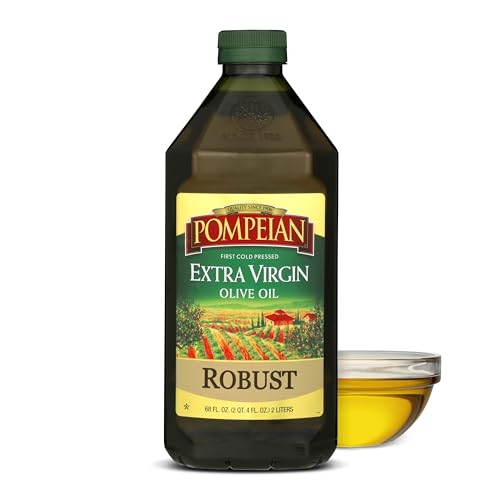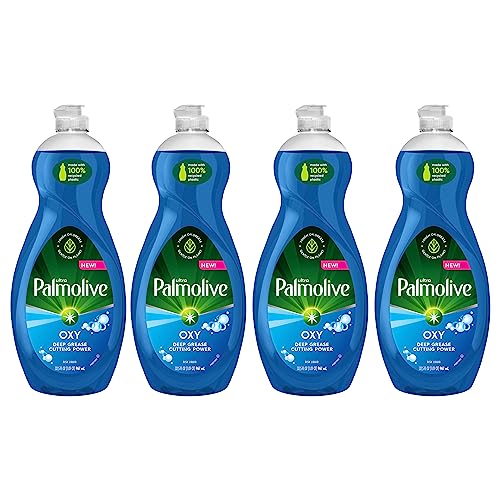Frequent cleaning and disinfection of kitchen sinks will help to stop the spread of germs that may cause illness. How is that achieved?
Knowing how to clean a kitchen sink is an essential first step to remove dirt, organic matter, and preserve the material finish of your sink. For instance, dust, dirt, and grime may put stainless steel kitchen sinks at risk of rusting.
Another benefit is that porcelain and composite sinks look more attractive and last much longer when given the right amount of care. The golden rule of sink maintenance is to clean all the surfaces thoroughly before disinfection. This way, you are sure that microorganisms are not logged somewhere a disinfectant can’t reach.
I believe the main problem with how to clean kitchen sinks is that people often think that using harsh chemical cleaning products or spending on hefty price tags will do the job!
The truth is, keeping your kitchen sink and drains clean is easy to do, and you don’t need any of those expensive products. I will show you the distinct ways to get rid of mild-to-stubborn stains and to save a considerable amount of cash left for yourself. Let’s begin!
Basic Steps to Keep Any Kitchen Sink Clean
Sometimes it’s a little challenging to clean kitchen sinks, depending on the type of finish from which an item is made. However, there are general rules that work for all materials, particularly if you are looking at short term cleanup. For this reason, I have put together these general tips for how to clean a kitchen sink. You can apply them for all types of sinks.
Supplies
- Mild washing soap
Affiliate links and images placed from the Amazon Product Advertising API on 2025-11-09
- Fluffy sponge
Affiliate links and images placed from the Amazon Product Advertising API on 2025-11-09
- Used toothbrush
- A clean piece of cloth
- Trash can
- Abrasives — barking soda, mesh pads, etc.
Affiliate links and images placed from the Amazon Product Advertising API on 2025-11-09
- Lemon
- Vinegar
Affiliate links and images placed from the Amazon Product Advertising API on 2025-11-09
The Process
- Empty your sink: clean your dishes and discard all food particles into the trash can. Make sure you also remove food scraps from the filter.
- Add a little amount of soap to a bowl of warm water and mix up. Then take some soapy water with the fluffy sponge (avoid sponges with hard tufts that may scratch the surface of your sink). Use your sponge to clean the sink basin and the sides.
- Brush out jellies and sticky stuff: if the sink drain is greasy, dip the used toothbrush into the soapy water and scrub the drain lid.
- Use abrasives: if the previous step hasn`t been successful, then it’s time to grab some abrasive cleaners. Mild abrasives will dissolve any remaining dirt.
- Spray solutions: to remove stubborn oil stains, you can utilize special sprays that will quickly break down oily, sticky substances.
- Get a bit specific: stainless steel kitchen sinks should be cleaned with vinegar or vinegar oil to prevent rusts and then dried off as soon as possible. Also, do this if you’re dealing with tough stains and wipe away your sink with a clean cloth. The final look should be shiny and streak-free.
- Keep away from moisture: your sink should not be exposed to constant moisture. Excess humidity can ruin the finish or vital seals around the corners, so proper drying up is essential.
- Remove dust with cloth pieces: in this case, you can spray an all-purpose cleaner and use a dry cloth to clean the kitchen sink.
[/su_note]
How to Clean Kitchen Sink Drain That Is Clogged
If your kitchen drain is clogged, I recommend you to use hot water and mild soap. However, at first it is essential to dislodge and sweep the clog.
Supplies:
- Plunge
- Trash bag
Affiliate links and images placed from the Amazon Product Advertising API on 2025-11-09
- Boiling water
- Dish soap
Affiliate links and images placed from the Amazon Product Advertising API on 2025-11-09
- Baking soda
Affiliate links and images placed from the Amazon Product Advertising API on 2025-11-09
- Vinegar
Affiliate links and images placed from the Amazon Product Advertising API on 2025-11-09
The Process:
- Run hot water: pass boiling water down the kitchen sink drain to loosen the clog. Next, scale up the loosening effect by adding grease-dissolving soap.
- Plunge the drain: if hot water doesn’t disintegrate the clogs, you should plunge the drain. Redo step 1 and apply continually suction until the passage is entirely free, and water can easily flow through it.
- Scrub the pipes with vinegar and soda: since some particles can’t be reached, including baking soda and vinegar into the hot soapy liquid helps a lot. This combo provides a natural way of removing clogs without damaging the pipes.
- Prevent subsequent clogging: kitchen sink drain blockage is primarily caused by food grease. That is why you can avoid it. In general, grease solidifies even after using hot, soapy water. Therefore, it’s reasonable to keep aside a mesh filter to prevent greasy food from entering the pipes. Using hot water and soap regularly is needed as well as plunging. Do not allow drained particles to pass back into the drain.
- Throw garbage and debris into the trash can: now it is the perfect time to use the garbage disposal. Throw the solidified clogs into the bin. To make sure there aren’t any food scraps left in the pipeline, run more hot water and see how easy it flows. Noiseless passing means it’s unclogged, while other sounds indicate some particles are still blocking its part.
- Be careful with food: keep things like eggshells, vegetable strands, washed grains, and tiny bits of food out of sight from your kitchen sink drain. All of them can create clogs.
[/su_note]
How to Clean Porcelain Kitchen Sink
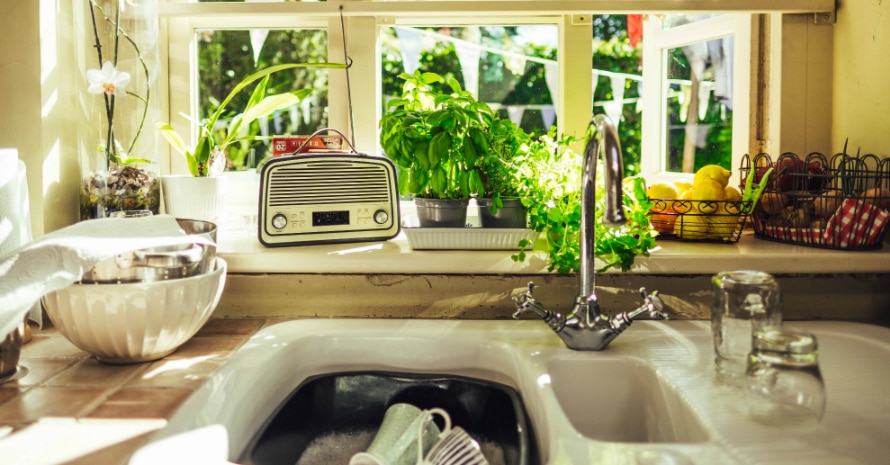
When it comes to resolve an issue on how to clean the white porcelain kitchen sink, you have to pay attention to the design and color. It’s crucial to preserve the original look of the sink.
Supplies:
- Soft sponge
Affiliate links and images placed from the Amazon Product Advertising API on 2025-11-09
- Plunge or vacuum
Affiliate links and images placed from the Amazon Product Advertising API on 2025-11-09
- A dry piece of cloth
- Bristle brush
Affiliate links and images placed from the Amazon Product Advertising API on 2025-11-09
- Vinegar
Affiliate links and images placed from the Amazon Product Advertising API on 2025-11-09
- Baking soda
Affiliate links and images placed from the Amazon Product Advertising API on 2025-11-09
The Process ― What to Do:
- Sweep and vacuum the debris: start by picking out the dirt, then dry clean the whole porcelain sink with one of the cloth pieces.
- Use hot water and 2nd cloth: damp the piece of fabric into the water and wring out excess water. Rub the vintage finish with the damp cloth ensuring you don’t leave any moisture on it.
- Break up deep soil with a bristle brush: dissolve heavy stain with a nylon-bristle brush. If you don’t have one, you may find a used toothbrush; it is a suitable replacement for this step.
- Use vinegar-and-water mixture: for lingering soil or stain, applying vinegar and scrubbing the porcelain kitchen sink with the brush can make things better. Soak the kitchen sink with vinegar and let it absorb for 5 to 10 minutes.
- Dry clean with another piece of cloth: once dry, polish the clean porcelain tile to a high shine with a bit of cheesecloth.
- Scrub the sink (again, with a soft-bristle brush): do it in 2 directions — from left to right, and up and down.
- Rinse the sink with hot water: to get rid of scrubs from the sink adequately, run hot water on the porcelain and let it dry.
- Dry with a clean cloth for the last time.
What Not to Do:
While the porcelain is durable, there are some cleaning solutions and tactics that you should avoid when considering how to clean a white kitchen sink. So, which substances should you avoid?
- Avoid the use of products that contain ammonia or bleach. These or any other acid-based solutions discolor the kitchen sink and even stain the grout.
- Stay away from oil-based soaps or wax cleaners for kitchen sinks.
- For unglazed porcelain kitchen sinks, don’t apply cleaning agents with dye inside.
- Never use hard bristles or scrub brushes as they can scratch and damage the porcelain sink surface.
How to Clean Stainless Steel Kitchen Sink
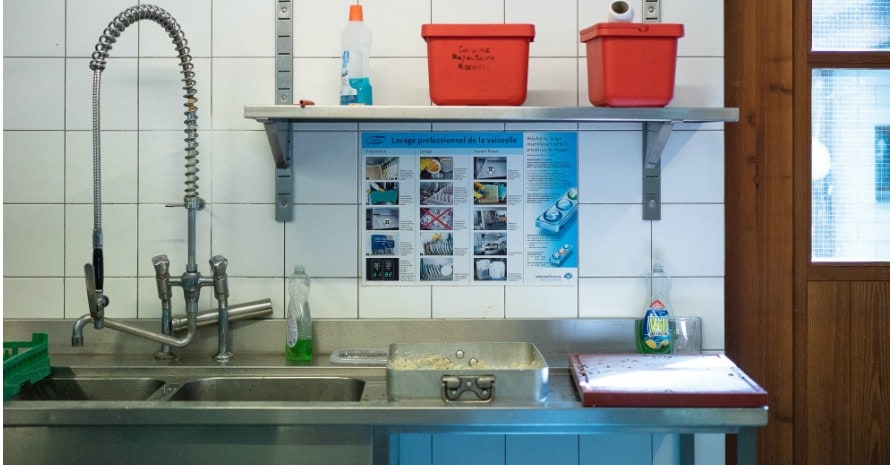
Perhaps, you are looking for some effective methods to make your stainless steel kitchen sink spotless? As there are some peculiarities of the cleaning process when dealing with this type of material, I advise you to follow the tips below.
Supplies:
- A non-abrasive cotton cleaning cloth
- Paper towels
Affiliate links and images placed from the Amazon Product Advertising API on 2025-11-09
- Lemon or olive oil
Affiliate links and images placed from the Amazon Product Advertising API on 2025-11-09
- Baking soda
Affiliate links and images placed from the Amazon Product Advertising API on 2025-11-09
- Mild soap (optional)
No products found.
- Hot water
What to Do:
- Use soap and hot water to clean the sink. If you’re looking for a cleaning solution for stainless steel kitchen sinks, mild soap is usually a great supply. It removes oily stains and simplifies polishing. Add only a small portion to your cleaning cloth and dampen it with little water.
- Wipe along the edges of the sink. To get rid of extra stubborn stains or particles, you might have to go over the sink surface a few times. Once done, dry out any moisture with paper towels.
- Apply vinegar to a paper towel or put directly onto the stainless steel surface. Do that and leave it for thirty seconds. Dry the sink and spray a good amount of the vinegar to destroy the stickiness. Then wipe with a piece of cloth and lemon juice.
- Sprinkle the baking soda on the sink. Wipe off as soon as you are done. This approach allows maintaining the polished surface gloss and cleans food remnants that you might have missed.
- Dry clean again with paper towels. Simply wipe your stainless sink using a towel or paper towels. Once even, wipe with a clean cloth.
- Make sure you polish the sink according to the grain direction.
What Not to Do:
- Do not use abrasives
- Avoid bleach or bleach-containing products
- Never clean stainless steel sink with steel brushes
- Do not use hard water (water that leaves scum or is difficult to lather with soap).
How to Clean Composite Kitchen Sink
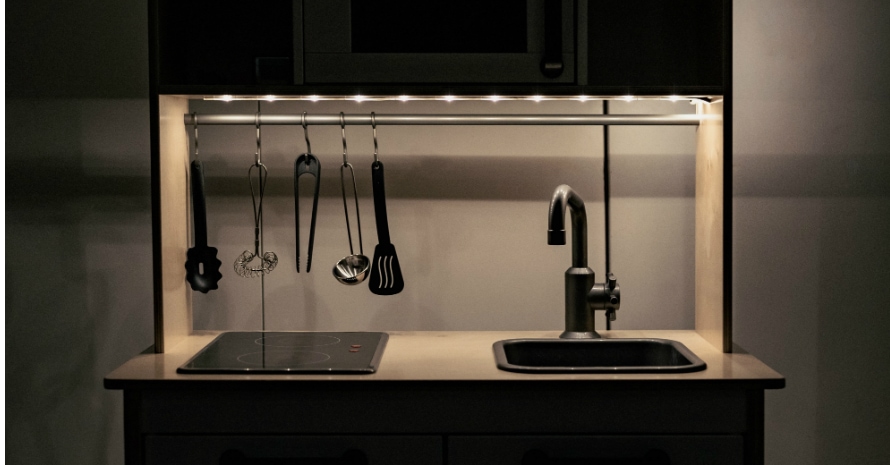
The most important tip on how to clean composite kitchen sink is to be consistent. The more regularly you clean, the sooner you realize you don’t have to put too much effort in the process anymore. Sounds easy enough, doesn’t it? Now, let’s look at how to clean composite sink kitchen in the best way possible.
Supplies:
- Hot Water
- Mild soap
Affiliate links and images placed from the Amazon Product Advertising API on 2025-11-09
- Non-abrasives: soft brush or fabric
Affiliate links and images placed from the Amazon Product Advertising API on 2025-11-09
- Cleaning solution ― 50% vinegar; 50% water
The Process:
- Add a little hot water to achieve the maximum results: then use a gentle cloth to clean the surfaces after use. This way, you are preventing water stains and discoloration from the emerging.
- If the blots have already been developed, use the nylon brush: Additionally, pour 50/50 solution to form a cleaning mix. Then clean and dry the surface. Thus, your composite sink will get well-polished.
- Pay special attention to the places where the worktops are entering the sink to avoid tiny deposits of dirt: after doing that, don’t leave out the washing and drying the lower mounts and the areas beneath the overhangs.
Which Products to Avoid
Avoid careless cleaning of a composite kitchen sink. Be attentive and use both the appropriate products and techniques ― for example, learn how to clean kitchen sink with baking soda. Here’s a brief description of the remaining items you should never consider while washing a composite sink:
- Bleach
- Ammonia
- Hard bristled brushes
- Varnish
What do you think? Is your kitchen clean enough? Find out by taking a clean kitchen test.
Cleaning kitchen sinks often feels like a chore. Most frequently, it’s because you’re not doing the cleaning right. Whether it is a porcelain or a composite one – knowing how to clean stainless steel kitchen sink will be an enormous advantage for you.
In the process of cleaning kitchen sink, it would be helpful to think of both the technique and products used for cleaning. Remember the dos and don’ts of cleaning each type of finish. Also, be consistent about the cleaning routine, try not to skip it. This way, it becomes less of a bore!
Now, what products do you consider to be the best ones while cleaning your sinks at home? Have you ever encountered any disappointment while using the product that you expected to appear an effective one?







